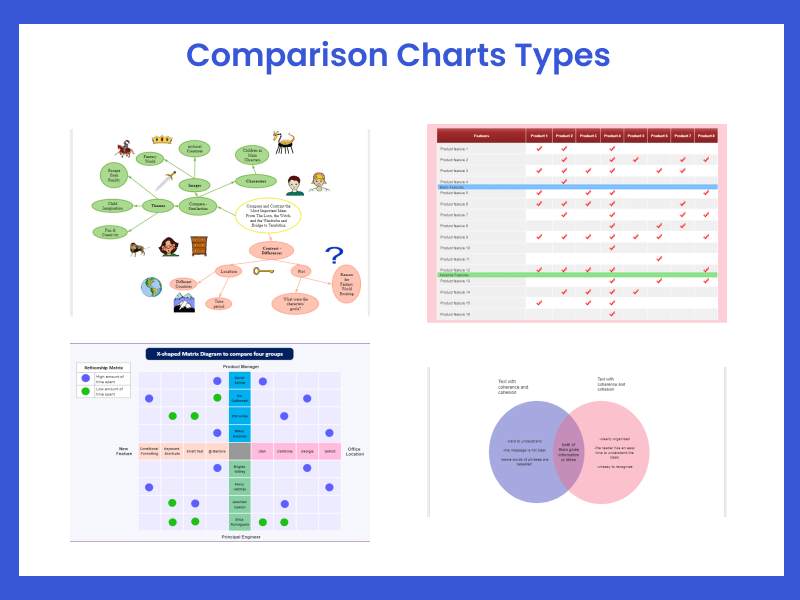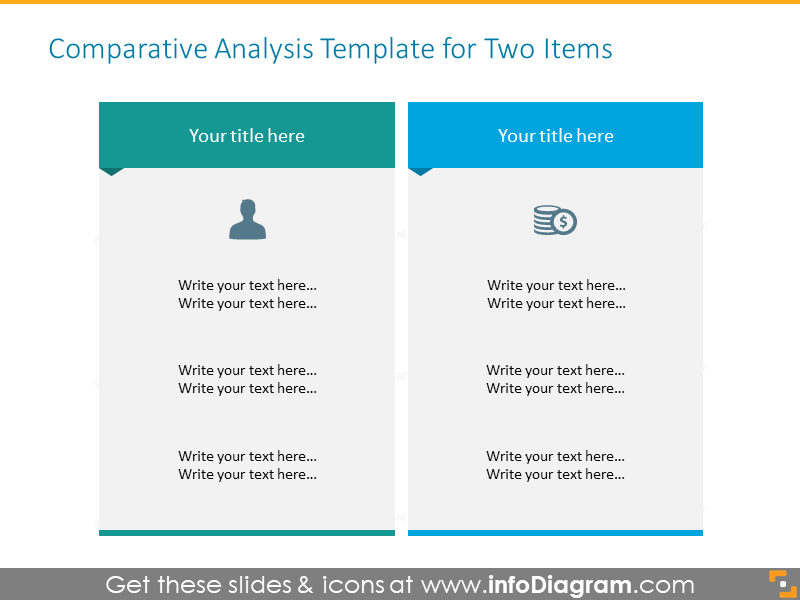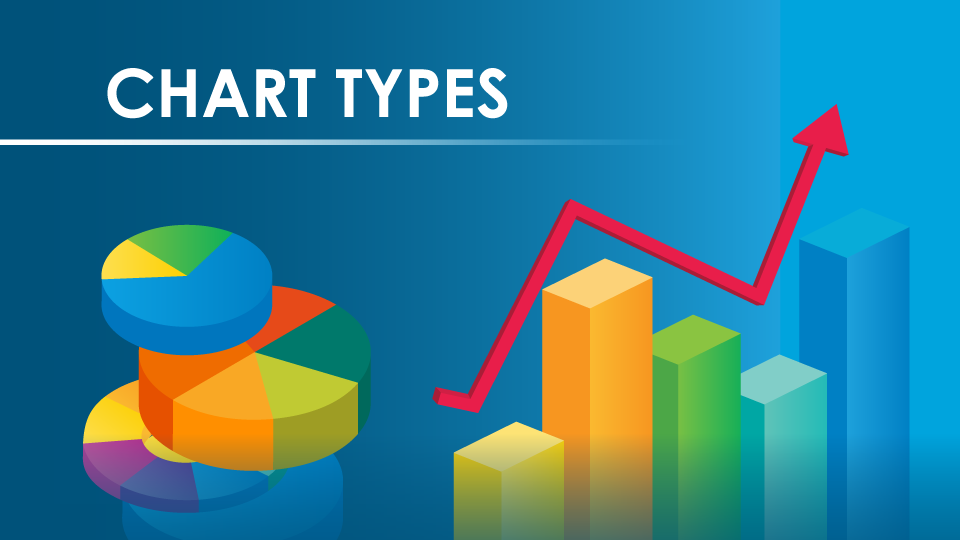Outrageous Info About Which Type Of Chart Is Best For Comparing Two Items How To Add Equation Line Graph In Excel

Bar charts are good for comparisons, while line charts work better for trends.
Which type of chart is best for comparing two items. Bar charts are ideal for comparing individual groups or categories. The questions you are trying to ask. What’s the story your data is trying to deliver?
It’s very likely that you just want to present your information to someone who needs to easily understand it. Use with at least three data sets when the third set determines the bubble sizes. Secondary encodings like area, shape, and color can be useful for adding additional variables to more basic chart types.
Bar charts are especially effective when you have data that can be split into multiple categories. Bar charts are good for comparisons, while line charts work better for trends. Use to show a hierarchical comparison with rings.
Is your data collected to find trends? These charts (above) can save you space and make your data visualization dashboard lean. The chart will instantly visualize your data once it’s imported.
So, the first thing you need to know about your data is, what story is it trying to deliver? In venngage, it’s simple. Additional chart types can come about from changing the ways encodings are used, or by including additional encodings.
If you have two or more variables and want to discover the relationship between them, a scatter plot can be a solid choice. You need the best graphs for comparing data metrics. Is it showing some distribution?
Will you display values over a period of time, or among items or groups? Scatter plot charts are good for relationships and distributions, but pie charts should be used only for simple compositions — never for comparisons or distributions. Good for showing relationships between two variables.
Some common use cases for this chart type include: Analyzing trends with different units. Similarly, a stacked area chart modifies the line chart by using shading under.
Comparison questions ask how different values or attributes within the data compare to each other. You can use them to quickly compare data across categories, highlight differences, show trends and outliers, and reveal historical highs and lows at a glance. 12 types of charts for data visualization:
Use clear labels, titles, and colors. When you have two different variables, they are located on the x and y axis. To better understand chart types and how you can use them, here's an overview of each:





![14 Best Types of Charts and Graphs for Data Visualization [+ Guide]](https://blog.hubspot.com/hs-fs/hubfs/Agency_Post/Blog_Images/DataHero_When_MQLs_become_SQLs.png?width=1338&name=DataHero_When_MQLs_become_SQLs.png)

















